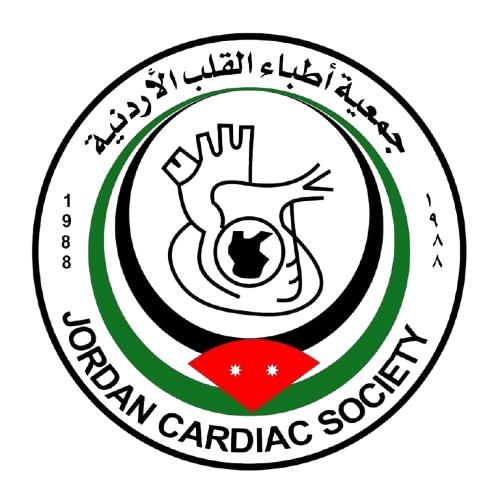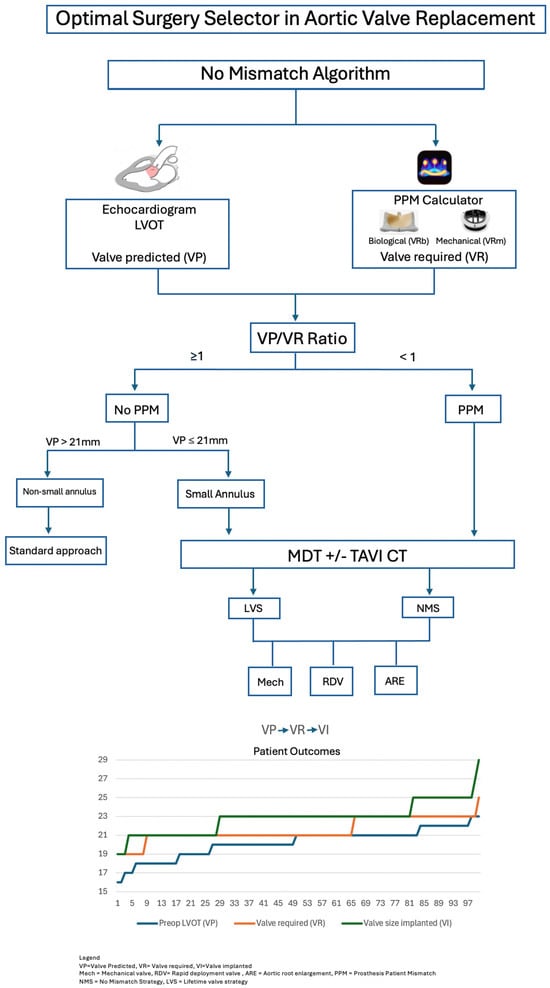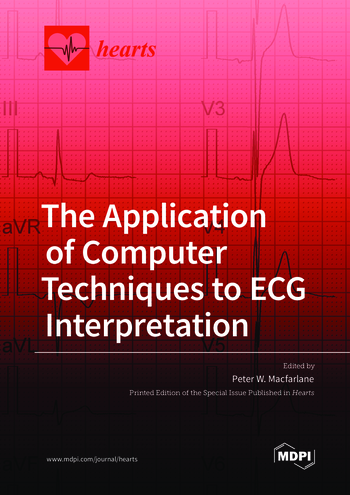- Article
No Mismatch and a Lifetime Valve: Surgical Strategy
- Walid Elmahdy,
- Brianda Ripoll and
- Mohamed Sherif
- + 5 authors
Background: Prosthesis patient mismatch (PPM) is associated with poor outcomes in literature. Prevention of mismatch is crucial in aortic valve replacement, yet there is no current consensus on preventative strategies. Objectives: This study introduces a novel clinical framework, nomenclature, and algorithm for contemporary Heart Team practice, providing a systematic approach for a tailored surgical strategy to anticipate and prevent mismatch. Methods: This was a single-center observational study performing a descriptive analysis of an evolving practice on 100 consecutive patients operated for aortic valve stenosis between 2020 and 2024. A step-by-step No-Mismatch algorithm was designed for the Heart Team to triage, discuss, and decide the surgical strategy prior to the procedure, identifying patients at risk of mismatch, and guiding the surgeon’s plan to prevent PPM and consider a Lifetime Valve Strategy. Results: The algorithm identified 26% of patients at risk of mismatch requiring a No-Mismatch strategy, and 20% at risk of small valve implantation requiring a Lifetime Valve Strategy. This cohort included 51 urgent cases. Valve pathology included 35% congenital, 59% degenerative, 1% rheumatic, and 5% redo operations. Valve implant type: 82% biological, including 29% rapid deployment valve (RDV), and 18% mechanical; 20% of patients required aortic root enlargements (AREs). Pre-, intra-, and post-operative data are presented. Mortality occurred at 1%. All degrees of mismatch were prevented. Conclusions: The surgeon was able to predict mismatch and elected either ARE, RDV, or a mechanical valve as required. Patient selection and a No-Mismatch Heart Team approach are essential to provide a tailored strategy for aortic valve interventions.
20 December 2025




